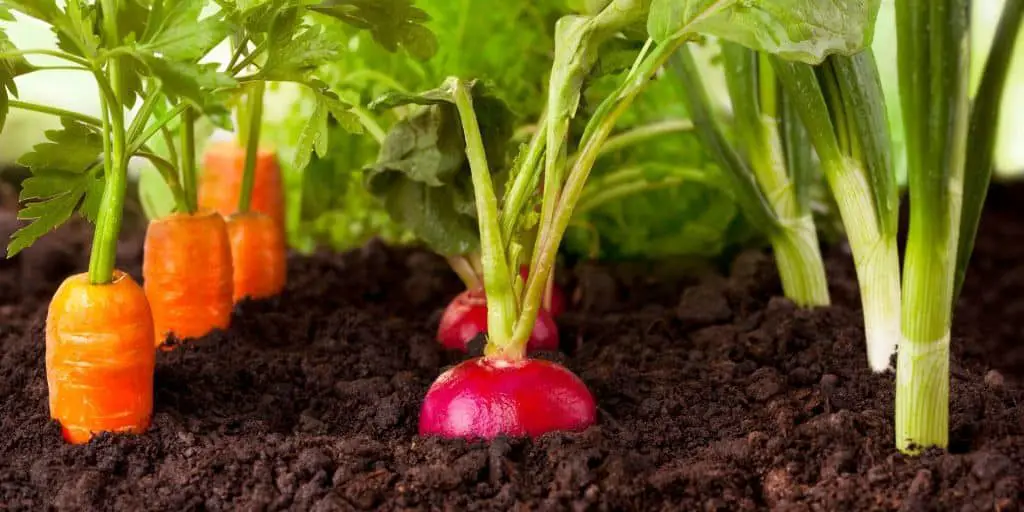
Are Succulents Poisonous to Cats?
Wondering if your cute new succulent poses a threat to your beloved cat? Succulents are, for the most part, non-toxic. Some of them feature spines and thorns that may draw blood, but are not in themselves poisonous. However, there are a few succulents that are poisonous to cats in large enough quantities.
So if you are a cat parent who wants to add a few succulents to greenify your space, it’s best to avoid these specimens:
Jade Plant (Crassula ovata)
This South African native, along with its close cousin Crassula arborescens or Chinese Jade, is a popular houseplant because it is low-maintenance and has a unique, almost tree-like growth pattern. But it is also very poisonous to cats.
A cat that eats a jade plant will experience nausea, vomiting, depression, and sometimes loss of coordination.
Aloe vera
This is a surprising entry on this list because aloe vera is perfectly safe for human beings to consume, and in many cases is even beneficial.
But this popular succulent contains components known as saponins and anthraquinones, which can wreak havoc on a cat’s intestinal tract. Symptoms of aloe vera poisoning in cats include lethargy, abdominal pain or sensitivity, blood in urine, vomiting, and diarrhea.
Snake Plant (Sansevieria trifasciata)
This almost unkillable succulent is also known as mother-in-law’s tongue because of its long, pointed, sharp-edged leaves, which metaphorically mirror the verbal sharpness of a cranky mother-in-law. While these sharp edges pose their own risk to curious cats, this is another plant that produces saponins toxic to cats. These saponins can trigger vomiting, nausea, and diarrhea, along with inflammation in the intestinal tract that results in sensitivity in the abdomen and blood in urine.
Euphorbia
Two euphorbias commonly kept as houseplants are crown of thorns and pencil cactus. These plants are visually striking, but pose a risk not just to cats but also to humans due to their sap.
When a euphorbia leaf or stem is broken, it leaks a milky white latex that is a serious irritant to the skin but also especially to the eyes. Direct skin contact causes rashes and itching; if euphorbia latex gets in your cat’s eye it will cause conjunctivitis-like symptoms, such as weeping, pus, or discoloration. And if ingested, this latex will irritate the mouth, esophagus, and stomach, causing discomfort and vomiting.
Kalanchoe
This tropical plant has beautiful deep green leaves and abundant flowers, but it also contains bufadienolides, which are cardiotoxic. These substances target membranes in the heart, inhibiting their normal electrical conduction which seriously affects the heart’s ability to pump blood. Certain species of toads use bufadienolides to incapacitate their potential predators.
Small amounts of kalanchoe bufadienolides will result in stomach upset and vomiting, while greater amounts cause more serious symptoms including muscle weakness, irregular heartbeat, and sudden death.
Senecio
You may know these succulents better by their whimsical common names: string of pearls, string of bananas, and blue chalk sticks.
Like euphorbia, succulents in the Senecio family have sap that is toxic to cats and if eaten causes vomiting and diarrhea. In large enough doses Senecio sap causes liver damage.
What To Do If Your Cat Eats a Poisonous Succulent or Plant?
If you catch your cat eating a plant that you think might be poisonous, or if you have plants and your cats begins exhibiting any of the symptoms mentioned above, here are the right steps to take:
- Do not try to make your cat vomit or purge.
- Remove any plant parts left in your cat’s mouth or fur. Identification of the toxin is important for treatment, so if you don’t recognize the plant or know its name, place any pieces from the mouth or even those that have been vomited up in a sealed bag or container for your vet to look at if necessary.
- Contact either your vet or the ASPCA’s Animal Poison Control Center or the Pet Poison Hotline for expert advice and emergency care.
Safe Succulents
So much for the dangerous plants! How about a few of the safer succulent options for your cat-friendly domicile?
Here are just a few of the many cat-friendly succulents:
- Ponytail Palm
- Burro’s Tail
- Echeveria
- Zebra Haworthia
- Lithops
- Ice Plant
- Christmas Cactus
- Aeonium
- Sedum
- Hens and Chicks
- Hoya
Conclusion
It’s important to do your homework and make sure that the plants you love won’t hurt the pets you love, and succulents are no exception. If you have plants that you know are toxic to cats, do your best to make them inaccessible, and consider replacing them with something more benign.
Fortunately, for every succulent that is poisonous to cats, there are many more that pose absolutely no risk to their health.





